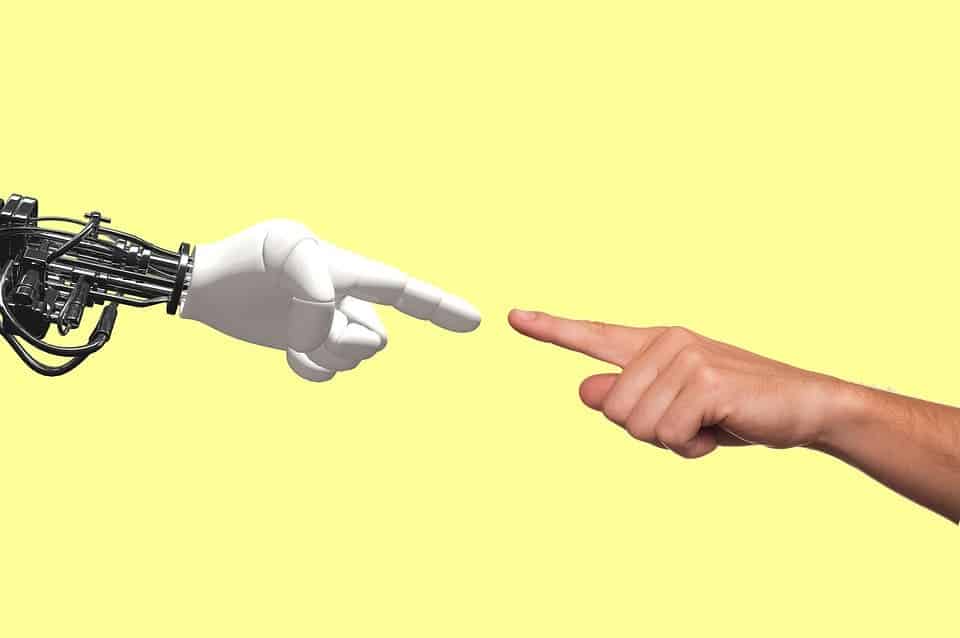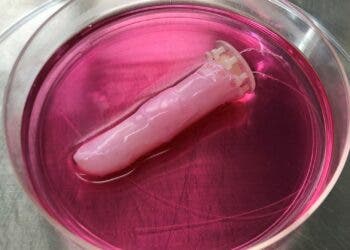Almerina Mascarello lost her hand in a work accident — in July 1993, her hand was crushed by an industrial press. After almost 25 years, her luck completely changed.
An extraordinary fortunate event
“I was flicking through a magazine on invalidity when I noticed a page asking people to undergo a test for a prosthesis. The Gemelli doctor phoned me a year later and asked me if I would like to be a guinea pig for a bionic hand“, she told ANSA.
“I said I would think about it and I said yes in May of last year. I went to Rome for the operation in June”, Mascarello added.

The prosthetic — named LifeHand2 — was engineered by a team led by Silvestro Micera, from Scuola Superiore Sant’Anna in Pisa and the École polytechnique fédérale de Lausanne. Neurologist Paolo Maria Rossini’s team from Rome’s Policlinico Gemelli Hospital did the medical work.
How the hand works
The medical team inserted hair-thin electrodes into Almerina’s upper arm nerves. These electrodes conduct sensorial information from the hand to a computer in a backpack. The computer translates the gathered info into a language the brain can understand. Basically, the computer transmits to the upper arm nerves electrical signals, telling the brain the consistency and shape of the object.

A similar version of the bionic hand was priorly used by Danish patient Dennis Aabo Sorensen, who lost his hand in 2004 due to a firework explosion. His bionic hand was so sensitive that he was able to determine the consistency of different objects in 78 percent of cases. In 88 percent of cases, he could distinguish between a baseball, a glass, and a tangerine.

However, Mascarello’s implant and annexes were adjusted to fit into a backpack, unlike Sorensen’s. The bioengineering team’s goal is to create a hand prosthesis that has all the necessary components built in, miniaturizing the electronics as much as possible.

“We are going more and more in the direction of science fiction movies, like Luke Skywalker’s bionic hand in Star Wars – a fully controlled, fully natural, sensorized prosthesis, identical to the human hand.” lead researcher Micera told the BBC.
Sadly, Mascarello had to give up her prosthesis for further research. She felt like she was complete after 24 years, gathering joy from all the small things, like being able to tie her own shoes or dress alone. Unfortunately, only the research project is completed will she receive her own prosthetic hand.
“Now I’m eagerly awaiting them to call me and tell me it’s ready”, she stated.






